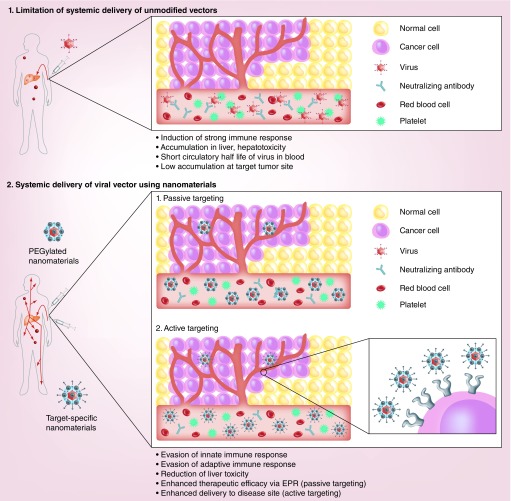Figure 4. . Systemic delivery of nanomaterial-complexed viral vectors.
Overcoming poor pharmacokinetic and Biodistribution profile of systemically administered viral vector: The modification of the virus with nanomaterials allows prolonged retention of viral vectors in the blood and efficient targeting of disease loci. Passive tumor targeting: PEGylation of viral vectors can enhance pharmacokinetics of viral vectors and preferential accumulation of virus at tumor tissue by enhanced permeability and retention effect [98]. Active tumor targeting: viral vectors complexed with targeting moiety-conjugated nanomaterials can be internalized into targeted cells through specific interactions between the targeting moieties and complementary receptors expressed on the surface of target cells [136]. Alternatively, active tumor targeting of viral vectors can be achieved by complexation with tumor microenvironment-responsive polymers, which can be activated by tumor-specific conditions. Under tumor-specific conditions, such as hypoxia and high levels of MMPs, nanocomplex can be internalized into cancer cells [152,155].

